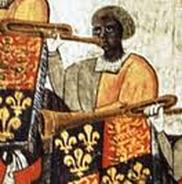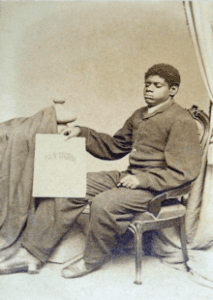Dr. Johnson, I would genuinely like to thank you for being the professor of the class Survey of African American Music. It has been the
Dr. Johnson, I would genuinely like to thank you for being the professor of the class Survey of African American Music. It has been the
Concert Report: Earth Wind and Fire and Chicago On December 12th, 2004, in Los Angeles, California, Earth Wind and Fire, gave an

Origins Jazz, Americas most respected past time and a current time. originating in New Orleans, Louisiana, after the emancipation of the institution of slavery in the

Origins Classical music, and the classical period from which it derives, also known as the ‘Classical Period’ from 1720-1820 but also includes the Baroque, Romantic

The Blues Don’t Change Origins Deep out of the Delta of Mississippi, in the 1800s after an influx of migrant workers began to migrate through

Login to your account